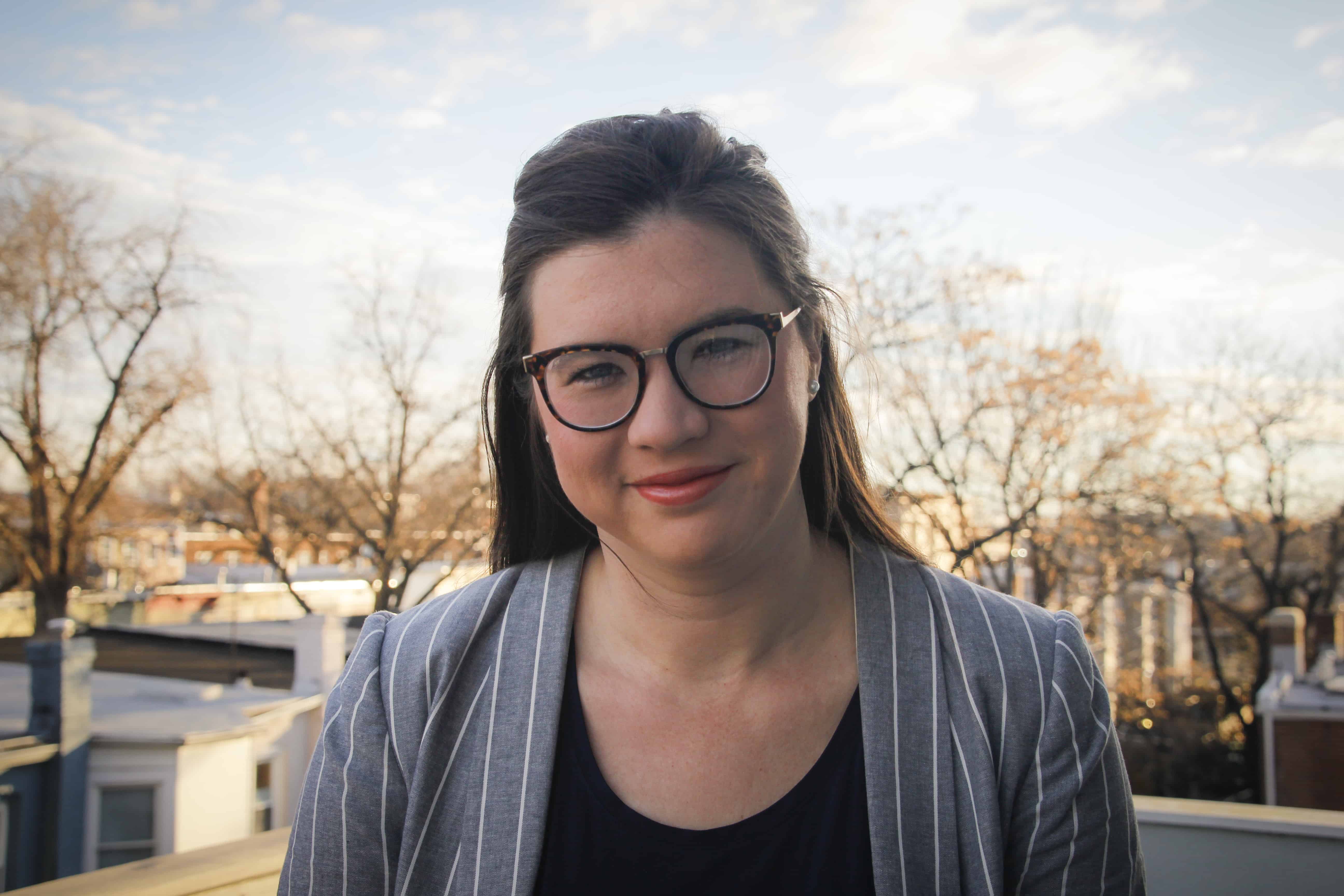Introduction
Medicaid is a joint federal-state program that pays for health care for 76 million poor or disabled Americans. It also pays for long-term care for poor and some middle-class elderly people: Roughly 45 percent of the total cost of nursing home services in the U.S. is borne by Medicaid.
States set their own parameters for who Medicaid will cover in their state, what it will pay for and how it will be administered. The federal Centers for Medicare and Medicaid Services ensures state Medicaid agencies follow certain standards. State Medicaid agencies manage the program’s benefits either directly or through third-party contractors, sometimes called managed care organizations.
President Lyndon B. Johnson signed Medicaid into law in 1965 along with Medicare, the federal program that pays for health services for more than 59 million Americans ages 65 and older. Both were part of Johnson’s “Great Society” vision to eliminate poverty in the U.S. The Affordable Care Act passed in 2010 offered states federal funding to expand Medicaid to more able-bodied, low-income adults; so far 33 states and the District of Columbia have opted to expand.


Join the conversation
Show Comments
I liked that you explained that individual states decide who will receive Medicaid services. I would imagine that making individual states decide will allow better discernment when it comes to who needs it most. I am interested in researching this more and learning about certain qualifications for receiving Medicaid benefits.